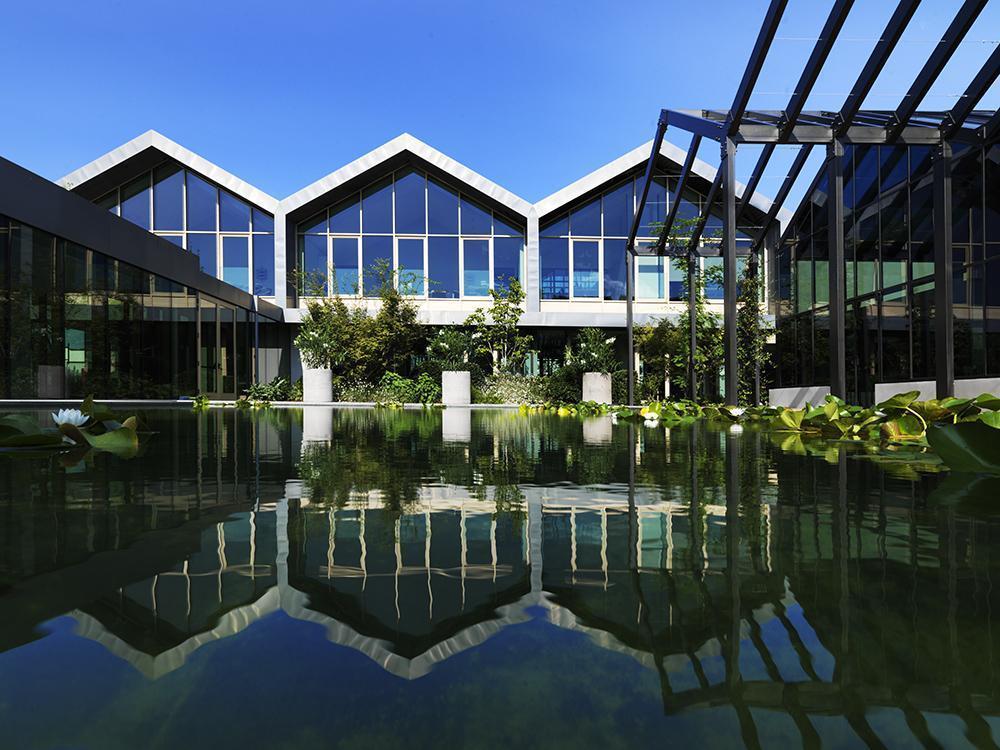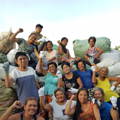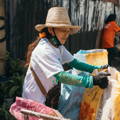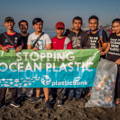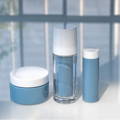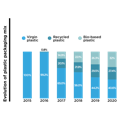This is a plastic that derives from renewable sources, such as sugar cane, corn starch, cellulose, glucose and vegetable oil. There are different types of bio-based plastic: recyclable or biodegradable. Important: Bio-based doesn’t mean biodegradable. Davines group is using bio-based plastic coming from
renewable sources like sugar cane, foodgrade and recyclable. The bio-based plastic we select is Bonsucro certified, which ensures the origin of the material
from responsibly managed sources.








